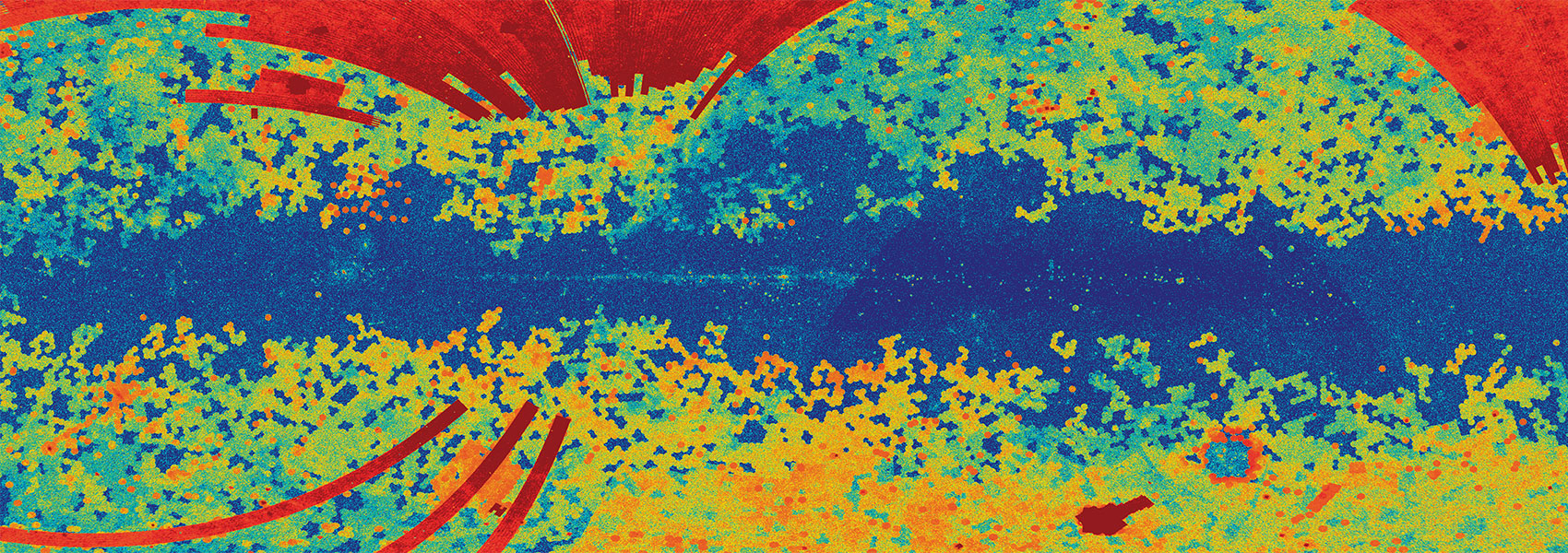December
2021
•
2021AJ....162..238P
Authors
•
Polanski, Alex S.
•
Crossfield, Ian J. M.
•
Burt, Jennifer A.
•
Nowak, Grzegorz
•
López-Morales, Mercedes
•
Mortier, Annelies
•
Poretti, Ennio
•
Behmard, Aida
•
Benneke, Björn
•
Blunt, Sarah
•
Bonomo, Aldo S.
•
Butler, R. Paul
•
Chontos, Ashley
•
Cosentino, Rosario
•
Crane, Jeffrey D.
•
Dumusque, Xavier
•
Fulton, Benjamin J.
•
Ghedina, Adriano
•
Gorjian, Varoujan
•
Grunblatt, Samuel K.
•
Harutyunyan, Avet
•
Howard, Andrew W.
•
Isaacson, Howard
•
Kosiarek, Molly R.
•
Latham, David W.
•
Luque, Rafael
•
Martinez Fiorenzano, Aldo F.
•
Mayor, Michel
•
Mills, Sean M.
•
Molinari, Emilio
•
Nagel, Evangelos
•
Pallé, Enric
•
Petigura, Erik A.
•
Shectman, Stephen A.
•
Sozzetti, Alessandro
•
Teske, Johanna K.
•
Wang, Sharon Xuesong
•
Weiss, Lauren M.
Abstract
•
Using radial-velocity measurements from four instruments, we report the mass and density of a 2.043 ±0.069 R ⊕ sub-Neptune orbiting the quiet K-dwarf Wolf 503 (HIP 67285). In addition, we present improved orbital and transit parameters by analyzing previously unused short-cadence K2 campaign 17 photometry and conduct a joint radial-velocity-transit fit to constrain the eccentricity at 0.41 ± 0.05. The addition of a transit observation by Spitzer also allows us to refine the orbital ephemeris in anticipation of further follow-up. Our mass determination, 6.26 ${}_{-0.70}^{+0.69}$ M ⊕ , in combination with the updated radius measurements, gives Wolf 503 b a bulk density of $\rho ={2.92}_{-0.44}^{+0.50}$ g cm-3. Using interior composition models, we find this density is consistent with an Earth-like core with either a substantial H2O mass fraction (45 ${}_{-16}^{+19}$ %) or a modest H/He envelope (0.5% ± 0.3%). The low H/He mass fraction, along with the old age of Wolf 503 (11 ± 2 Gyr), makes this sub-Neptune an opportune subject for testing theories of XUV-driven mass loss while the brightness of its host (J = 8.3 mag) makes it an attractive target for transmission spectroscopy.
Links




